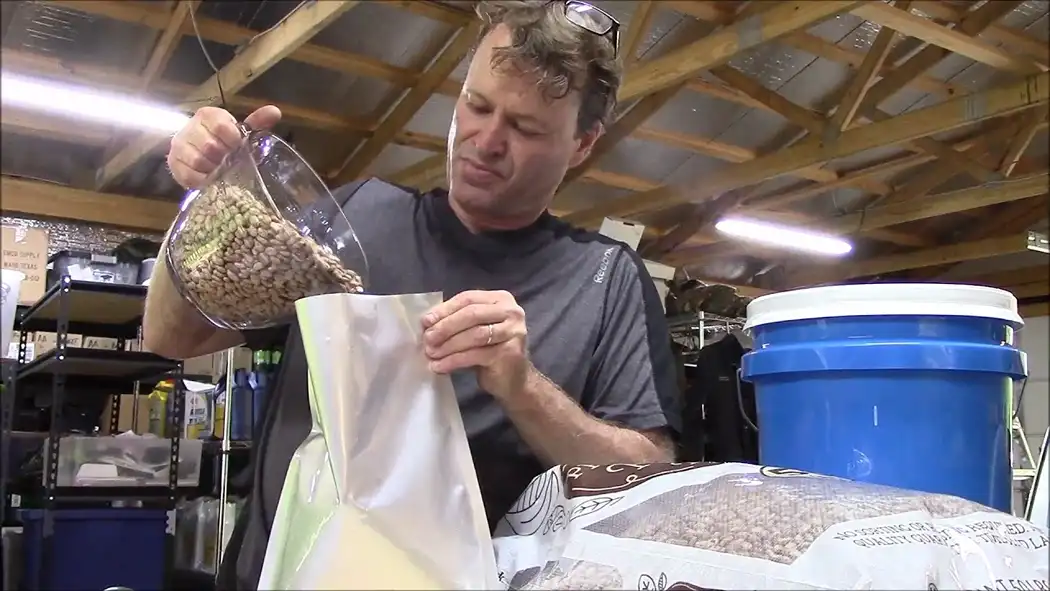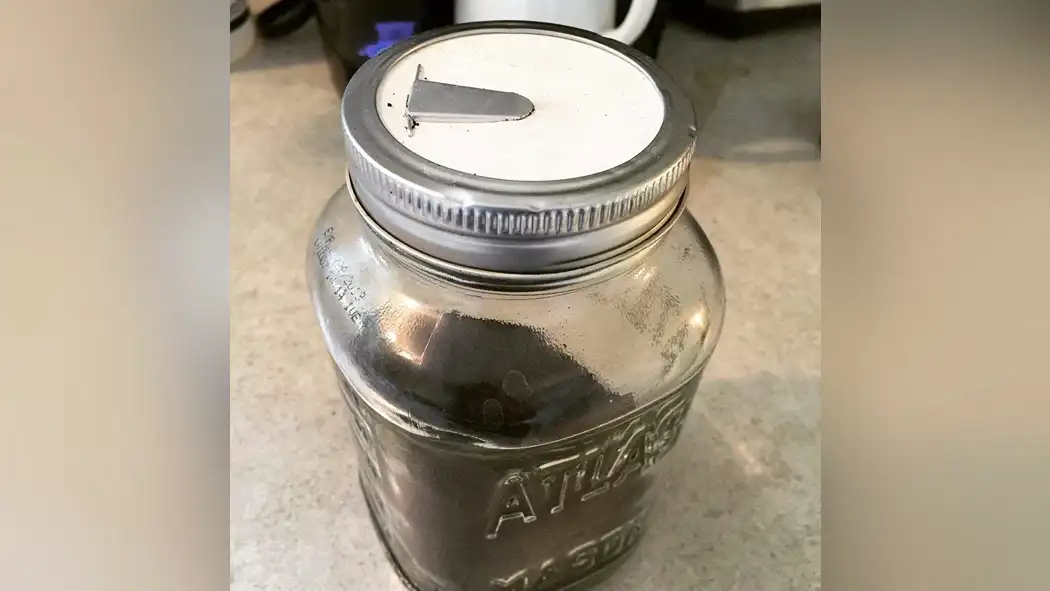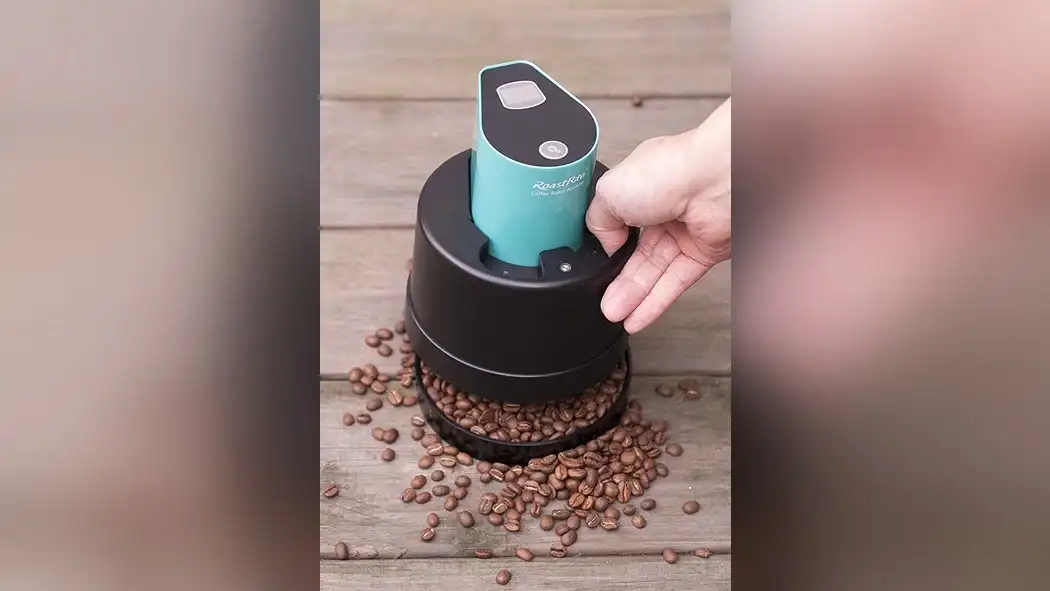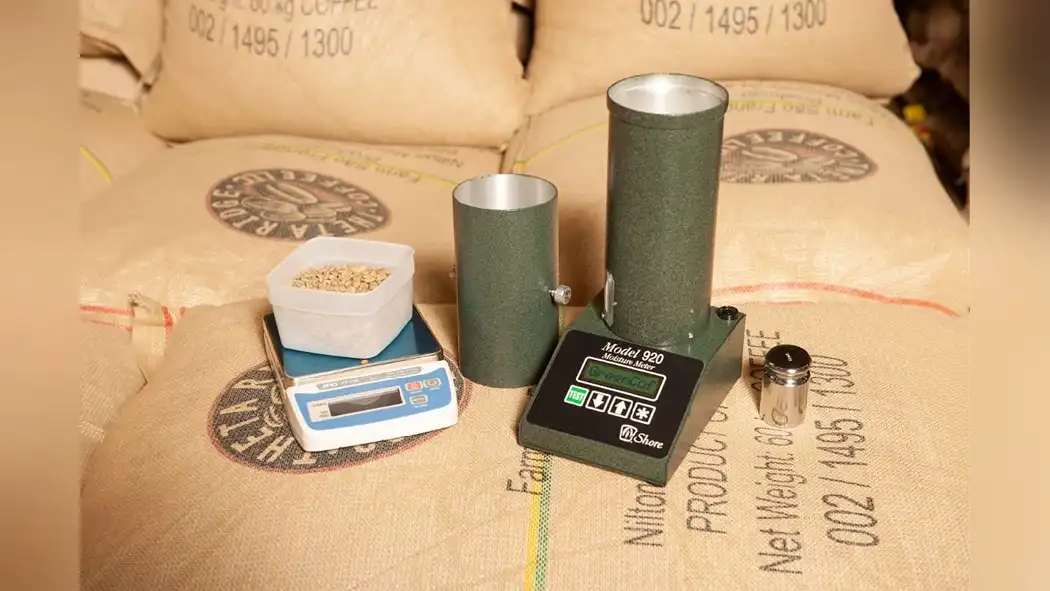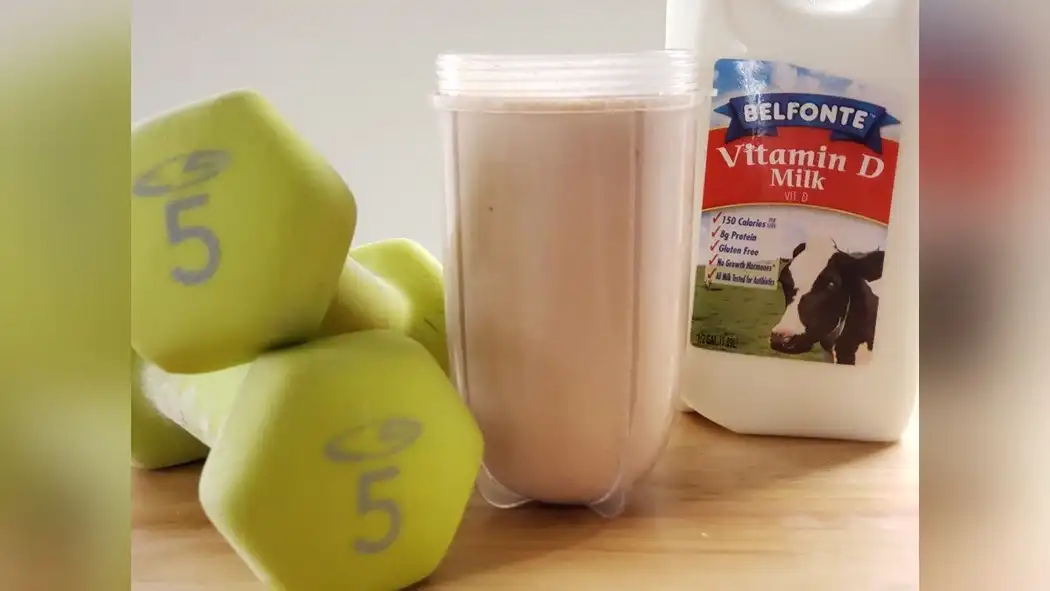Like a master architect planning the perfect storage space for their prized possessions, you too can master the art of effective long-term whole bean storage.
In this article, we will guide you through the essential techniques to ensure your beans stay fresh and flavorful for as long as possible.
From understanding the basics to choosing the right containers and controlling temperature and humidity, we've got you covered.
Say goodbye to stale beans and hello to a cup of perfection every time.
Understanding the Basics
To properly store whole beans for the long term, you need to start by understanding the basics of effective storage techniques. Proper storage conditions play a crucial role in maintaining the freshness and quality of your beans.
Exposure to factors like air, moisture, light, and heat can significantly impact the flavor and aroma of your coffee. When stored improperly, whole beans can lose their natural oils, become stale, and develop a bitter taste. The impact of improper storage can be detrimental to the overall coffee experience.
To ensure optimal storage conditions, it's important to keep your beans in an airtight container, away from direct sunlight, at a cool and consistent temperature.
Choosing the Right Containers
Maintain the freshness and quality of your whole beans by selecting the proper containers for long-term storage.
When choosing the right containers, it's important to consider the storage location and opt for vacuum sealed containers. The storage location should be cool, dark, and dry to prevent exposure to heat, light, and moisture, which can degrade the flavor and aroma of the beans.
Vacuum sealed containers are ideal for long-term storage because they remove excess air and create a tight seal, preventing oxidation and maintaining the beans' freshness. These containers also protect against pests and contaminants, ensuring that your beans remain in optimal condition for an extended period.
Controlling Temperature and Humidity
When storing your whole beans for the long term, it's crucial to control the temperature and humidity levels in order to preserve their freshness and flavor. Proper humidity control is essential to prevent moisture from seeping into the beans, which can lead to mold or spoilage. You should aim to store your beans in an environment where the humidity is between 50% and 70%.
Temperature fluctuations can also affect the quality of your beans. It's recommended to store your beans in a cool and dry place, away from direct sunlight and heat sources. Avoid placing them near appliances that generate heat, such as ovens or stovetops.
Avoiding Light and Air Exposure
By keeping your whole beans away from light and air exposure, you can further protect their freshness and flavor, ensuring a longer shelf life.
Light and air exposure can cause flavor degradation and diminish the freshness of your beans. Therefore, it's crucial to store them in airtight containers that are opaque, such as dark-colored jars or vacuum-sealed bags. These containers will shield the beans from light and prevent oxygen from entering, preserving their flavor and aroma.
Additionally, it's essential to avoid storing your beans near windows or in direct sunlight, as the UV rays can accelerate the degradation process.
Monitoring and Rotating Your Stock
To ensure the freshness of your whole bean stock, regularly monitor and rotate your inventory. Here are four steps to help you effectively manage your coffee beans:
- Tracking bean freshness: Keep a record of when you purchase your coffee beans. This will help you determine how long they've been stored and when they might start losing their freshness.
- Proper storage methods for different coffee bean varieties: Different types of coffee beans have different storage requirements. Some beans may need to be stored in airtight containers, while others may benefit from being stored in cool, dark places. Make sure you understand the specific needs of each variety you have in your stock.
- FIFO (first in, first out) system: Practice the FIFO method by using the oldest beans first. This ensures that your stock is constantly being rotated, and you aren't left with stale beans.
- Regularly check for signs of deterioration: Keep an eye out for any signs of mold, moisture, or unusual odors. If you detect any of these signs, it's best to dispose of the beans to avoid any negative impact on the taste of your coffee.
Conclusion
So there you have it, folks! By following these effective long-term whole bean storage techniques, you can ensure that your coffee beans stay fresh and flavorful for months to come.
Remember, a cup of coffee is like a symphony of flavors, and proper storage is the conductor that keeps them all in harmony. So invest in the right containers, control the temperature and humidity, avoid exposure to light and air, and don't forget to monitor and rotate your stock.
Your taste buds will thank you!

